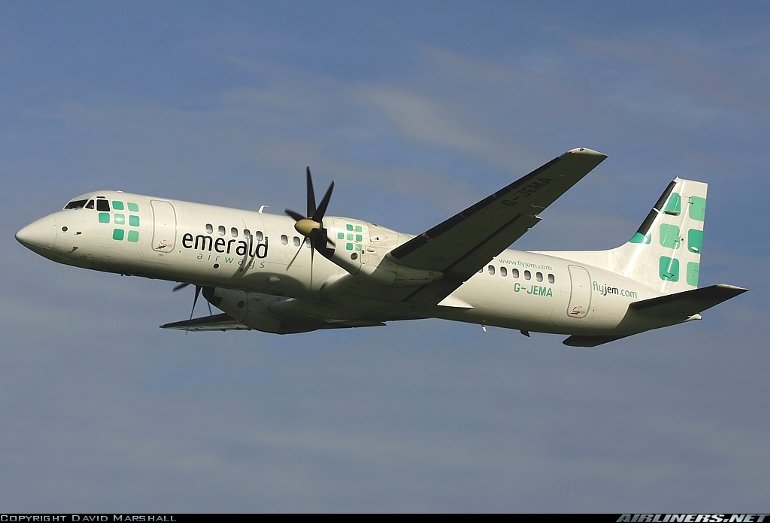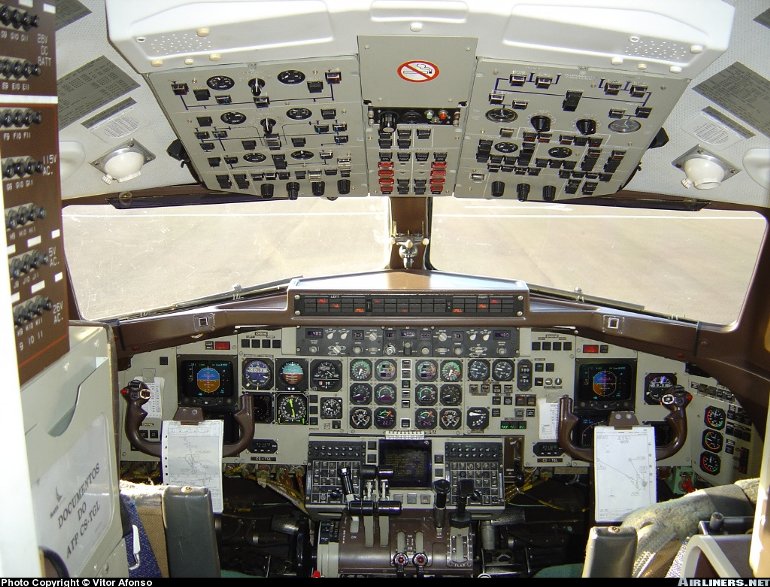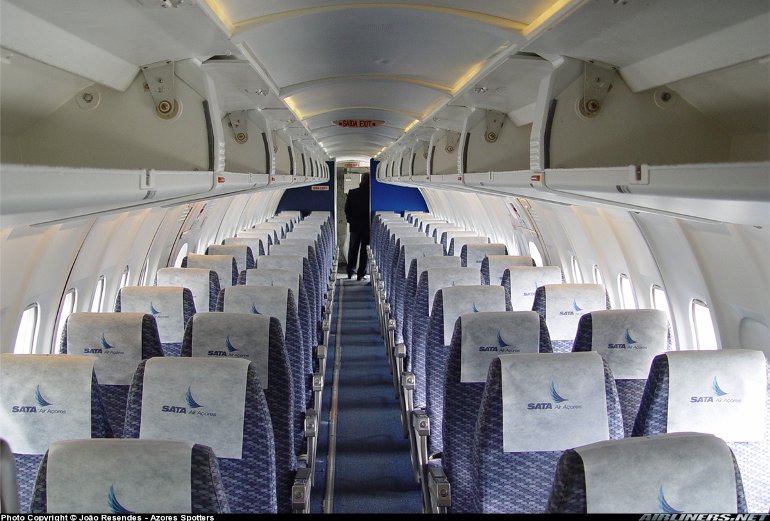Aircraft Technical Data
British Aerospace ATP



| Details | |
| Country of Origin | United Kingdom |
| Type | Turboprop powered regional airliners |
| History | The largest twin turboprop powered western regional airliners currently in service, the ATP and Jetstream 61 trace their development history back to the British Aerospace 748. The ATP and J61 are stretched developments of the 748, but they incorporate a great number of major and minor detail changes. The 748's fuselage cross section and basic wing structure were retained, but otherwise the ATP and J61 are all new aircraft. British Aerospace announced it was developing an advanced derivative of the 748 in March 1984. The BAe ATP, or Advanced TurboProp, first flew on August 6 1986, while the first production aircraft flew in February 1988. Certification was granted in March 1988 and the ATP entered airline service that May. Compared to the 748 the ATP features a stretched fuselage taking maximum seating up to 72 passengers, while Pratt & Whitney Canada PW126 turboprops drive slow turning six blade propellers. Much of the systems and equipment was new or significantly improved. The flightdeck has EFIS instrumentation, while the cabin interior was thoroughly revised and modernised. The nose was reprofiled and some sweep back was added to the tail. The further improved Jetstream 61 was marketed and built by the newly created BAe division of Jetstream Aircraft. Apart from the name change it introduced a number of minor technical changes including an interior based on the Jetstream 41 (including the innovative arm rests incorporated into the cabin walls for window seats), more powerful PW127D engines and increased operating weights giving higher speeds and longer range. The Jetstream 61 was available for delivery from 1994, but marketing efforts ceased when the AI(R) consortium was formed because it was a direct competitor to the now disbanded consortium's far more successful ATR 72. Just four were completed. Meanwhile the last three whitetail ATPs were not sold until late 1998 (two went to British World, one to SunAir of Scandinavia). International Directory of Civil Aircraft |
| Powerplants | ATP - Two 1978kW (2653shp) Pratt & Whitney Canada PW126A turboprops driving six blade constant speed BAe/Hamilton Standard propellers. J61 - Two 2050kW (2750shp) PW127Ds. |
| Performance | ATP - Max cruising speed 493km/h (266kt), economical cruising speed 437km/h (236kt). Range with max payload and reserves 630km (340nm), with 69 passengers and reserves 1480km (800nm). J61 - Max cruising speed 500km/h (270kt). Range with 70 passengers and reserves 1180km (637nm). |
| Weights | ATP - Operating empty 14,193kg (31,290lb), max takeoff 22,930kg (50,550lb). J61 - Max takeoff 23,678kg (52,200lb). |
| Dimensions | Wing span 30.63m (100ft 6in), length 26.01m (85ft 4in), height 7.59m (24ft 11in). Wing area 78.3m2 (842.84sq ft). |
| Capacity | Flightcrew of two. Typical one class seating for 64 to 68 in ATP or 70 in Jetstream 61 at four abreast and 79cm (31in) pitch. Combi versions can take passengers and freight. |
| Production | Total ATP and Jetstream 61 production of 67 (including 4 J61s) built between 1986 and 1993, of which over 50 are in service. |
| Related Links | British Aerospace ATP |
The backbone of this section is from the The International Directory of Civil Aircraft by Gerard Frawley and used with permission. To get your own copy of the book click here. |
|








